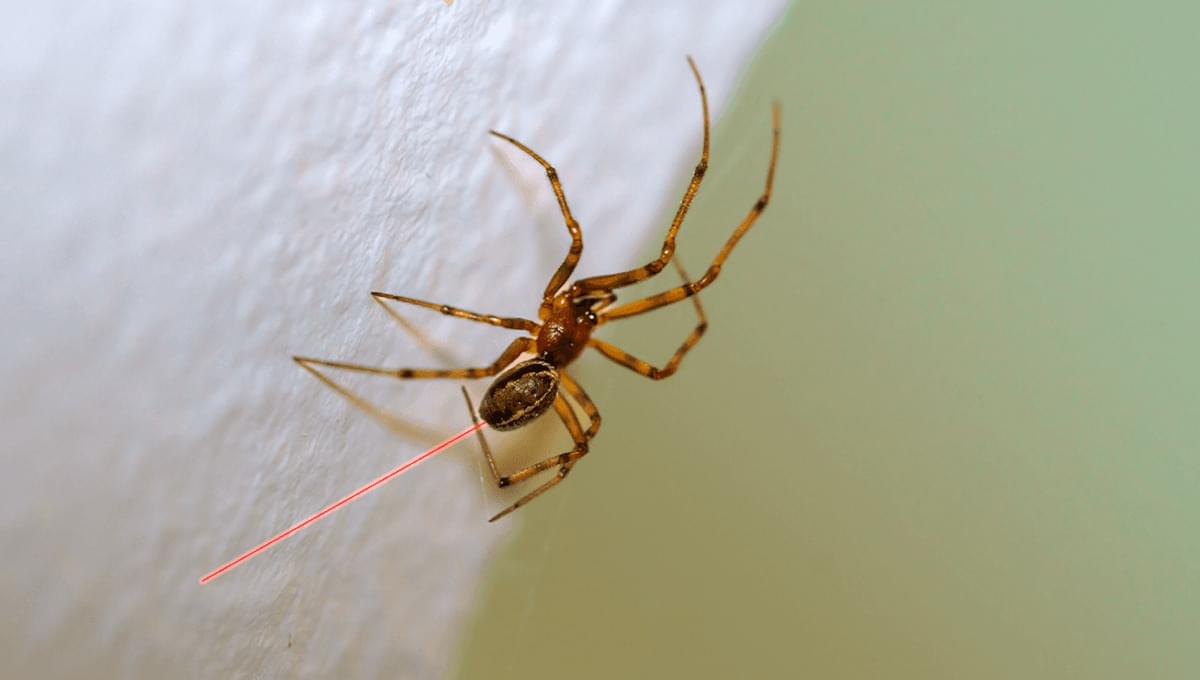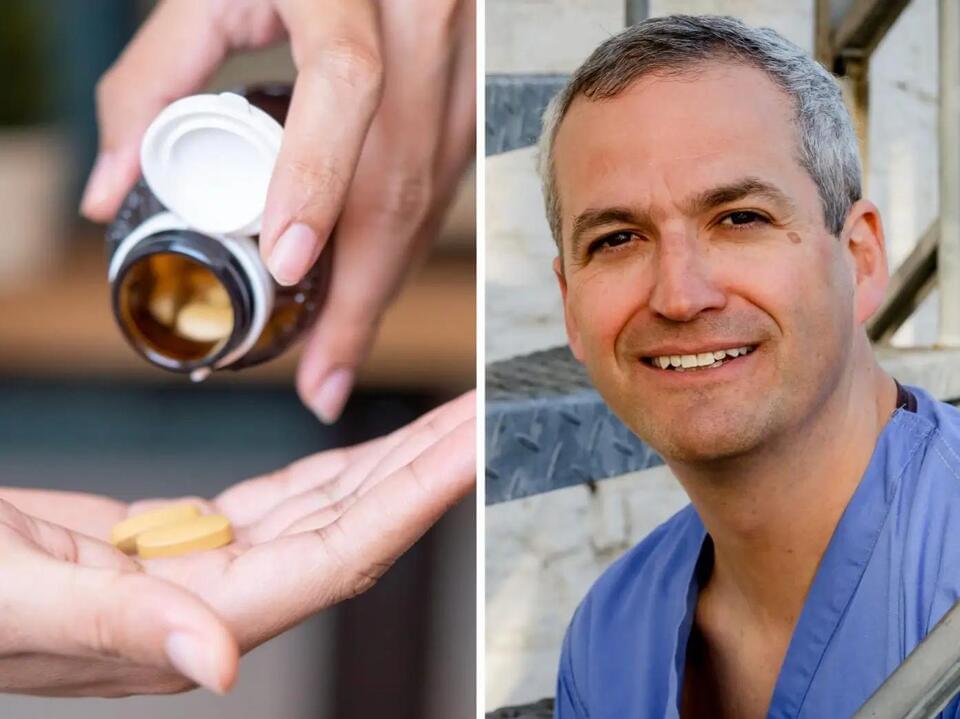For the first time, doctors have created a customized treatment using the revolutionary gene-editing technique known as CRISPR to treat a baby with a rare, life-threatening genetic disorder.



Landslide-generated tsunamis pose a serious risk to coastal communities, particularly within narrow fjords where tall cliffs can trap and amplify waves. Scientists rely heavily on earthquake-based observation systems to issue tsunami warnings, but these methods don’t always capture localized ground movement caused by landslides.
Now, for the first time, scientists have detected tsunami waves caused by a landslide using data from a ship’s satellite receiver. The CIRES and CU Boulder-led research, published in Geophysical Research Letters, shows the potential for an approach to improving tsunami detection and warning, providing lifesaving information to coastal communities.
“Landslides into water can produce a tsunami, and some of them can be quite large and destructive,” said CIRES Fellow Anne Sheehan, a professor of Geological Sciences at CU Boulder and co-author of the study. “Scientists have captured larger, earthquake-induced tsunamis using ship navigation systems. Our team had equipment in the right place at the right time to show this method also works for landslide-generated tsunamis.”

Mindfulness-based therapy can offer significant relief for individuals who are still depressed after receiving treatment, according to a new clinical trial.
Researchers hope their findings, published in Lancet Psychiatry, could provide a new treatment pathway for people with depression who have not benefited from previous treatment.
The study, titled “Mindfulness-based cognitive therapy versus treatment as usual after non-remission with NHS Talking Therapies high-intensity psychological therapy for depression: a UK-based clinical effectiveness and cost-effectiveness randomised, controlled, superiority trial,” was led by a researcher from the University of Surrey.

Ribonucleic acid, also called RNA, is a molecule present in all living cells. It plays a critical role in transmitting genetic instructions from DNA and creating proteins. With the power to execute a plethora of functions, the little RNA “messenger” has led to important innovations across therapeutics, diagnostics, and vaccines, and made us rethink our understanding of life itself.
A team of researchers from Boston University’s Biological Design Center and the Department of Biomedical Engineering recently made significant steps forward in the development of the next generation of computational RNA tools. They recently published a study in Nature Communications describing a generative AI technique for designing different types of RNA molecules with improved function.
Much like a large language model that can be used to compose entirely new texts, the model can compose new RNA sequences tailored for specific tasks in the cell or in a diagnostic assay. Their research has shown that it’s possible to predict and generate RNA sequences that have specific functions across a broad array of potential applications.

One of the reasons why this has never happened before is that spiders themselves are difficult organisms to work with within the laboratory. They are a diverse group, have a complex genome structure, and their cannibalistic nature means that they have to be reared individually, otherwise their cage neighbors would be gobbled up. Despite this, new developments in Parasteatoda tepidariorum have allowed this species to become a research model.
The research team looked into spider silk as the target. Spider silk is an incredibly strong and scientifically interesting substance, as it is five times stronger than a steel cable of the same weight, tear-resistant, while also being biodegradable, lightweight, and elastic.
To genetically modify this arachnophobe’s nightmare, the scientists developed an injection solution. This had a gene-editing system that also included a red fluorescent protein gene sequence. This solution was then injected into oocytes inside unfertilized female spiders, when these spiders mated with males, it resulted in the genetically modified offspring.

Type 5 diabetes has just been recognised as a distinct form of diabetes by the International Diabetes Federation. Despite the name, there are more than a dozen different types of diabetes. The classification isn’t quite as tidy as the numbering suggests.
Here’s a clear guide to the different types, including some that you may not have heard of, along with information about what causes them and how they are treated.
Type 1 diabetes is caused by the body’s immune system mistakenly attacking the insulin-producing cells in the pancreas. This autoimmune reaction can occur at any age, from infancy through to old age.


A new study led by researchers from Michigan State University, Yale University and Johns Hopkins University reveals that ransomware attacks—which involve a hacker putting encryption controls into a file and then demanding a ransom to unlock the files—have become the primary driver of health care data breaches in the United States, compromising 285 million patient records over 15 years.
Published May 14 in JAMA Network Open, the study provides the first comprehensive analysis of ransomware’s role in health care breaches across all entities covered by privacy laws—hospitals, physician practices, health plans and data clearinghouses—from 2010 to 2024.
“Ransomware has become the most disruptive force in health care cybersecurity,” said John (Xuefeng) Jiang, Eli Broad Endowed Professor of accounting and information systems in the MSU Broad College of Business and lead author of the study. “Hospitals have been forced to delay care, shut down systems and divert patients—all while sensitive patient data is held hostage.”
The minimally invasive device fits in a syringe, is controlled by pulses of light, and melts away after use.
A biotech startup from the U.S. is aiming to reshape the construction industry with the launch of a groundbreaking new material that mimics the look and feel of natural wood while outperforming high-grade steel in strength and durability.
Maryland-based firm InventWood, revealed that their engineering wood product called Superwood is a result of molecular-level transformation that turns natural wood into a material up to a dozen times stronger and 10 times tougher than its original form.